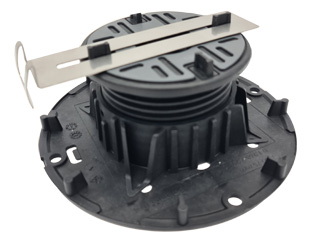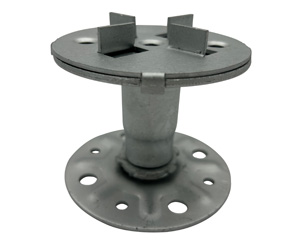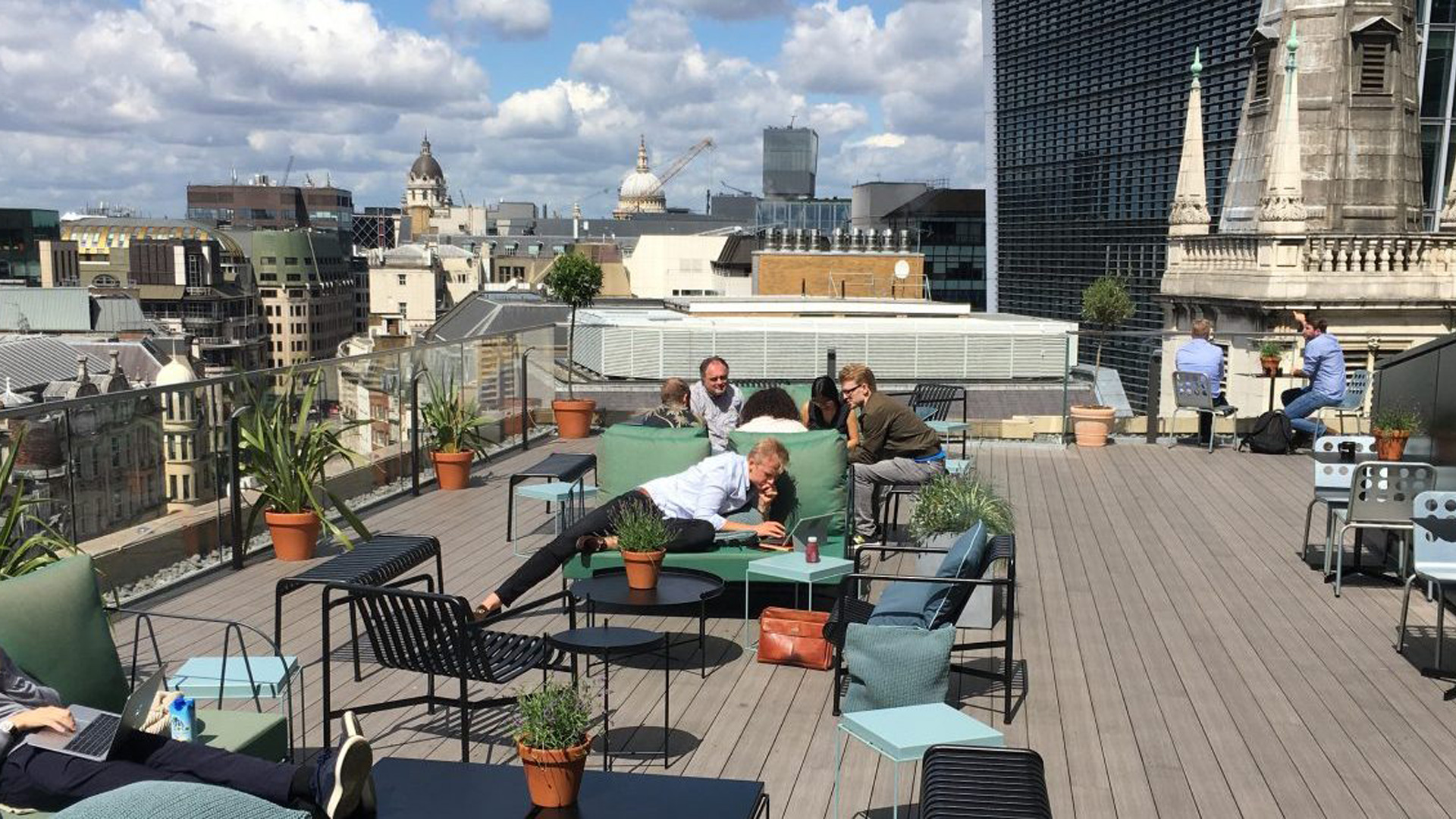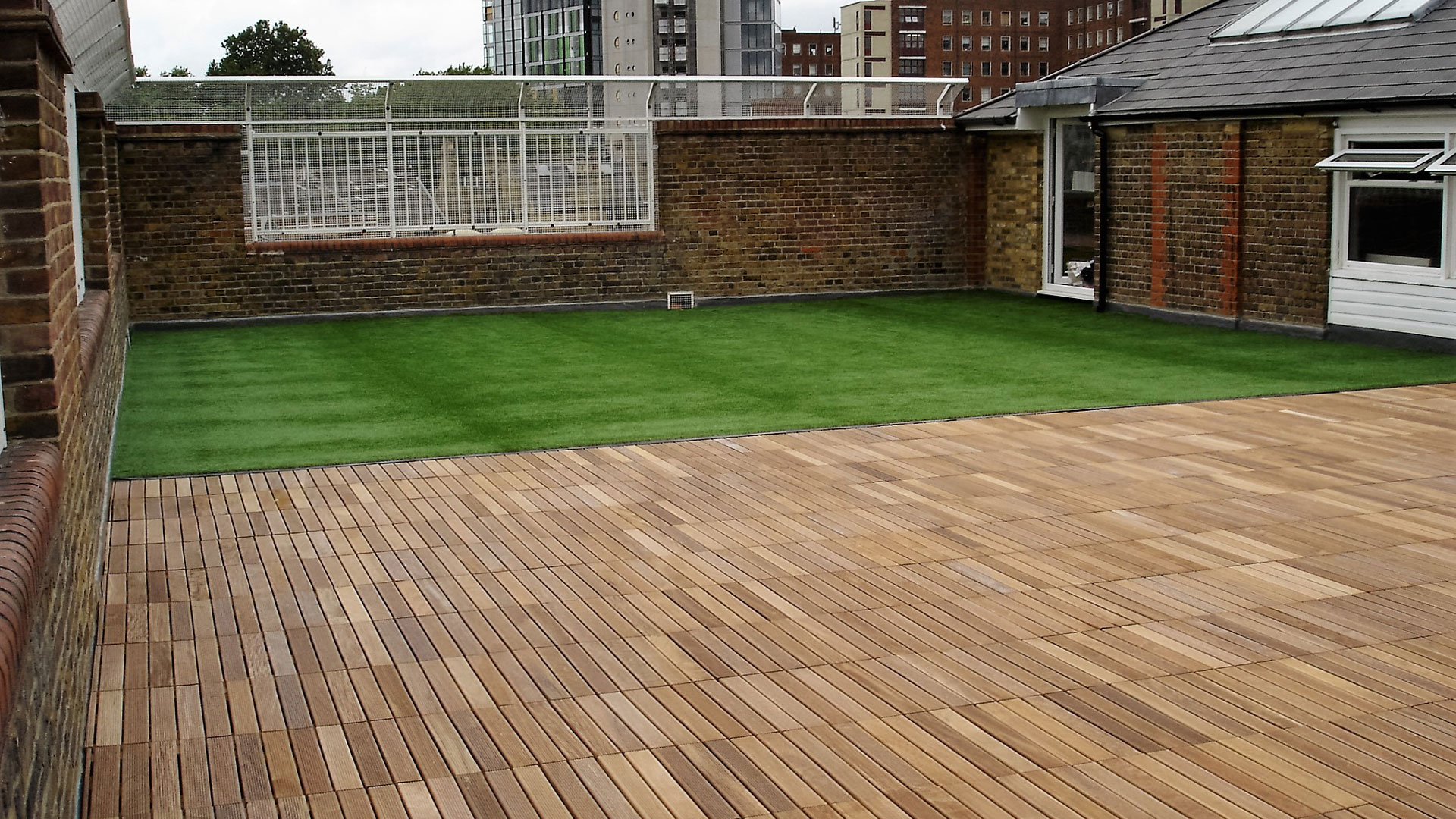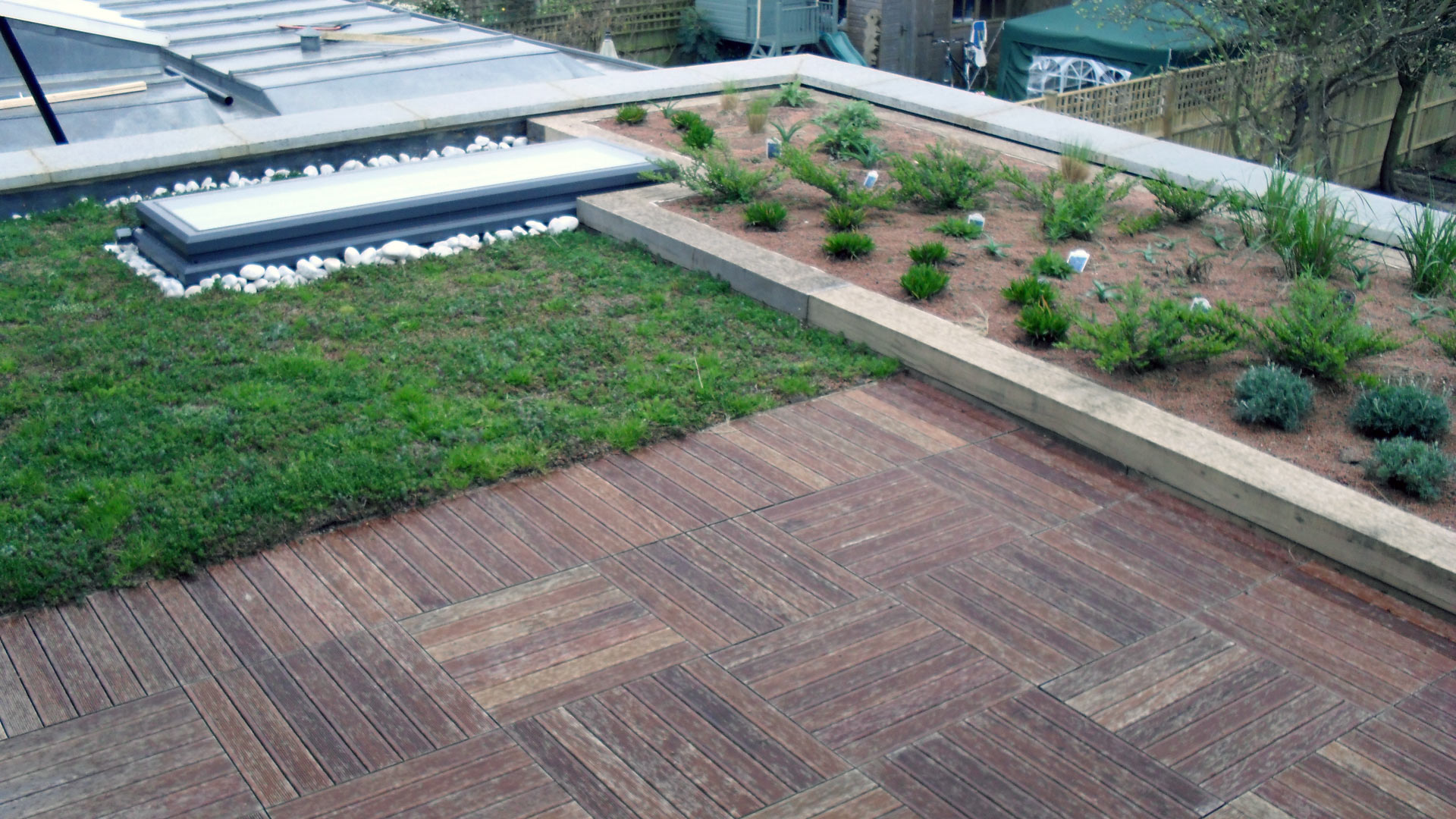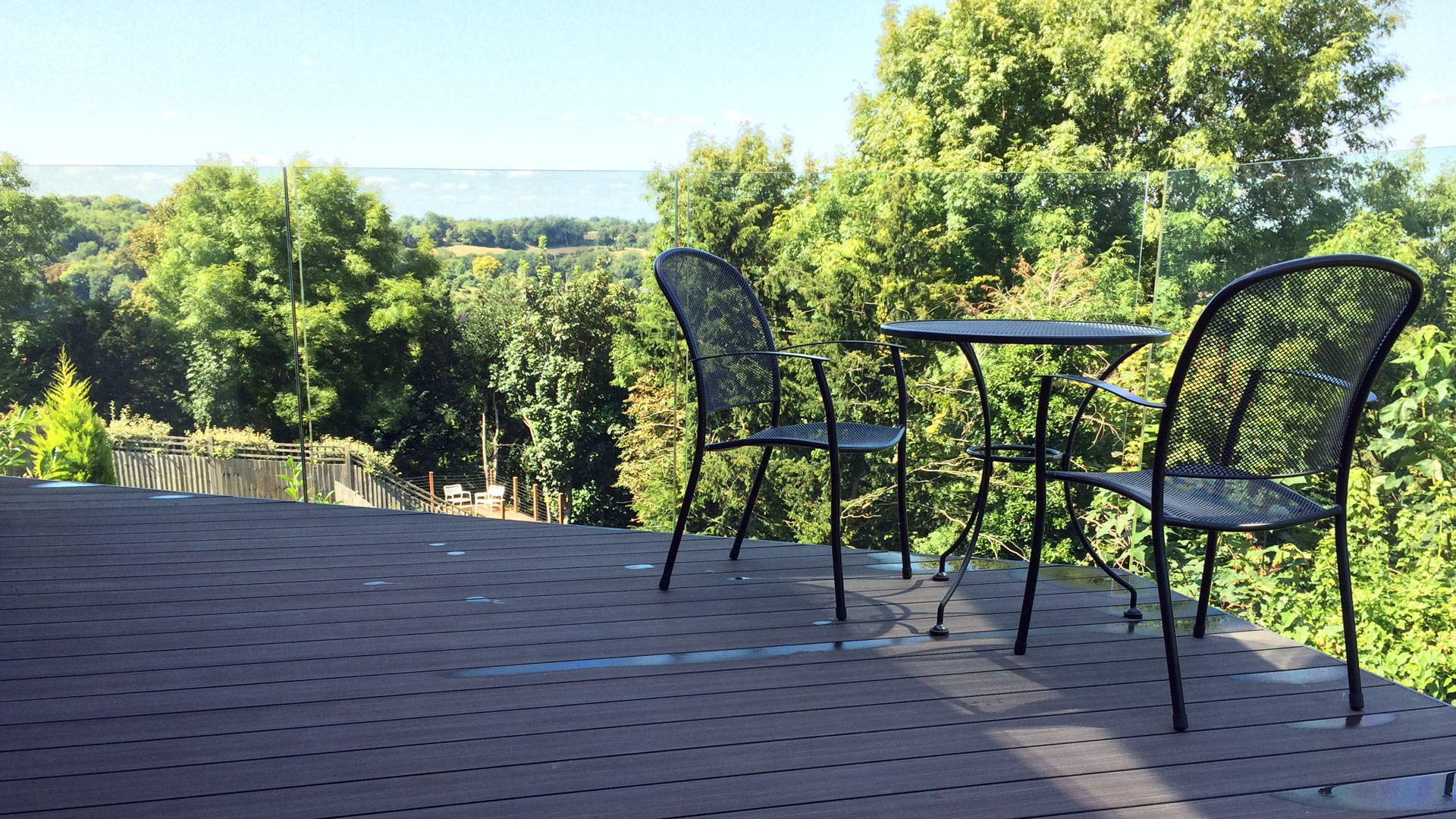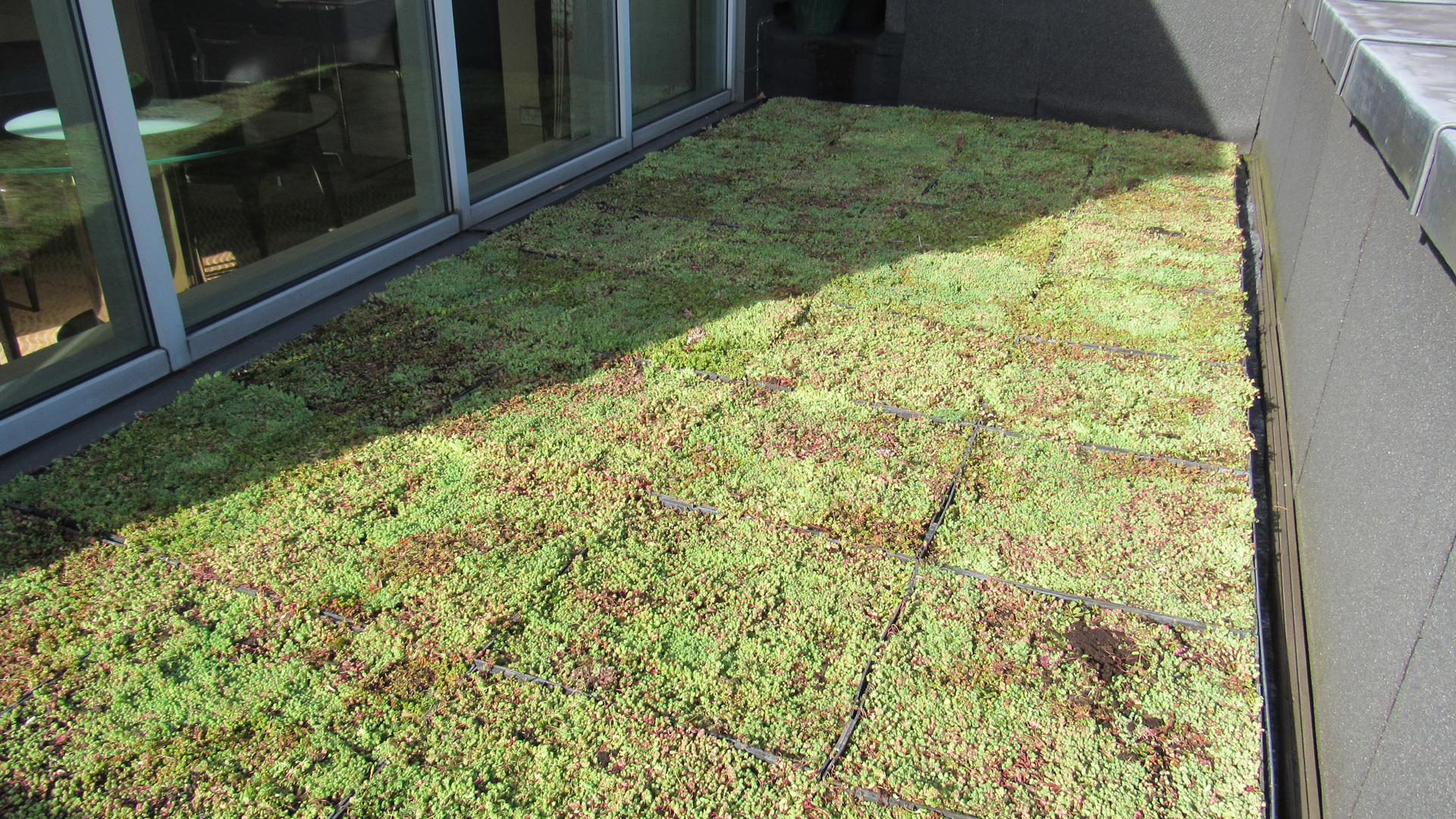Beekeeping is an increasingly popular way for city-based businesses to demonstrate their commitment to promoting biodiversity, but as Alison Benjamin explains, urban beehives aren’t always the best option.
In this Opinion piece, Alison explains the common misconceptions around urban beekeeping and what facilities and property managers can do to help save wild bees.
Alison is Co-Founder and Operational Director of Urban Bees, a London-based company that helps bees in towns and cities. She works with companies to transform roofs into bee-friendly spaces for wild bees by creating low-maintenance year-round, bee-friendly planting schemes and installing bee hotels and other structures where wild bees can safely nest.
She is also a best-selling author of books about bees, including The Good Bee: A celebration of bees and how to help them, has delivered a Tedx talk ‘The Urban Buzz’, and co-created the award-winning King’s Cross Bee Trail App.
World Bee Day
Today (20 May) is UN World Bee Day, which celebrates the vital role 25,000 bee species globally play in nature – pollinating plants that maintain our life support system on Earth, from the air we breathe to one in three mouthfuls that we eat.
In the UK, we have 270 different species of bees doing this essential work. Only one of these species is a honeybee and lives in a hive. As well as pollinating flowering plants, it turns the flowers’ nectar into honey for its winter food, some of which the beekeeper harvests at the end of the summer.
Beekeeping is a fascinating hobby, but it doesn’t help the majority of bees which don’t live in hives and don’t make honey. These are bumblebees and solitary bees. There are 24 different types of bumblebees – these are the plump, furry ones you’ve probably seen buzzing around your garden. Like honeybees, they live in social colonies with a queen, female worker bees and some male drones. But the majority of bees in Britain (and worldwide) are solitary. As the name suggests, these 200 plus bee species live alone. They have been overlooked, but like all bees they are important pollinators too. And these are the bees that need our help.
Bumblebees and solitary bees are classified as wild bees. They live in nooks and crannies, or underground in nests and burrows in towns and cities as well as the countryside.
One third of the UK’s wild bees are in serious decline according to research for the Wildlife Trust, including eight bumblebee species.
The main reason is the loss, degradation and fragmentation of their habitat. Bees only eat pollen and nectar from flowers. Pollen is the protein they feed their babies and nectar is the energy drink to fuel their flight. In the UK, 97 per cent of flower-rich grassland has been wiped out since 1945 due to urbanisation and intensive agriculture leaving wild bees with less to eat, fewer places to safely nest and trapping them in one area. Pesticides and other chemicals used in modern farming, and poor nutrition from monocrops also negatively impact bees’ health.
“The desire to save bees is one of the major drivers increasing numbers of honeybee hives in cities across the UK (in London alone, the number of honeybee colonies in has more than doubled from 2,287 in 2011 to 4,844 by 2019 and continues to rise.) However, this desire is based on a misunderstanding that honeybees need our help, when it is wild bees that actually need saving. Introducing beehives to an area can exacerbate the problem.”
Huge Desire to Save Bees Driving Honeybee Hive Ownership
The desire to save bees is one of the major drivers increasing numbers of honeybee hives in cities across the UK (in London alone, the number of honeybee colonies in has more than doubled from 2,287 in 2011 to 4,844 by 2019 and continues to rise.) However, this desire is based on a misunderstanding that honeybees need our help, when it is wild bees that actually need saving. Introducing beehives to an area can exacerbate the problem.
A bee hive contains 500,000 honeybees at the height of the summer (for management purposes beekeepers always recommend having two hives). That’s the arrival of a lot of hungry mouths to feed in an area where wild bees undoubtedly already reside. In London, for example, about half of the 270 bee species can be found.
A report on the London Bee Situation by the London Beekeepers’ Association using research from Greenspace Information for Greater London shows that distribution of bee forage reduces towards the centre of London.
Leading Bee Scientist, Professor Dave Goulson, warns: “There is plentiful evidence that honey bees can compete with our wild pollinators, taking much of the available pollen and nectar, particularly when large numbers of hives are kept together.”
A colony of honeybees is therefore better served located near to woods, large parks, or where there are many gardens for a plentiful supply of food rather than city centres.
Beehives are also high maintenance, involving weekly visits by an experienced beekeeper in spring and summer to prevent disease and swarming. And honeybees can sting when threatened.
So What Can Property Managers do to Help Bees?
Providing lots of flowering plants on rooftops or other outside space so there is plenty of food year-round food is by far the best action property managers can take to boost bee populations and improve biodiversity because it will help to feed wild bees.
Bees fly from early spring to late autumn so a planting scheme with flowers that bloom sequentially throughout the year is the most beneficial.
As well as food, wild bees need nesting sites to replace those that have been destroyed when old buildings are bulldozed and ground concreted over to make way for new office, retail and housing developments.
Solitary bee hotels and observation boxes can be installed on rooftops planted with bee-friendly flowers to provide a safe place for red mason bees and other cavity-nesting solitary bees to check-in and lay their eggs. They often nest next door to each other, like us living in a block of flats, so one bee hotel could be home to 10 solitary bees. These bees are docile and non-aggressive around people.
To view the full article, please click here.


